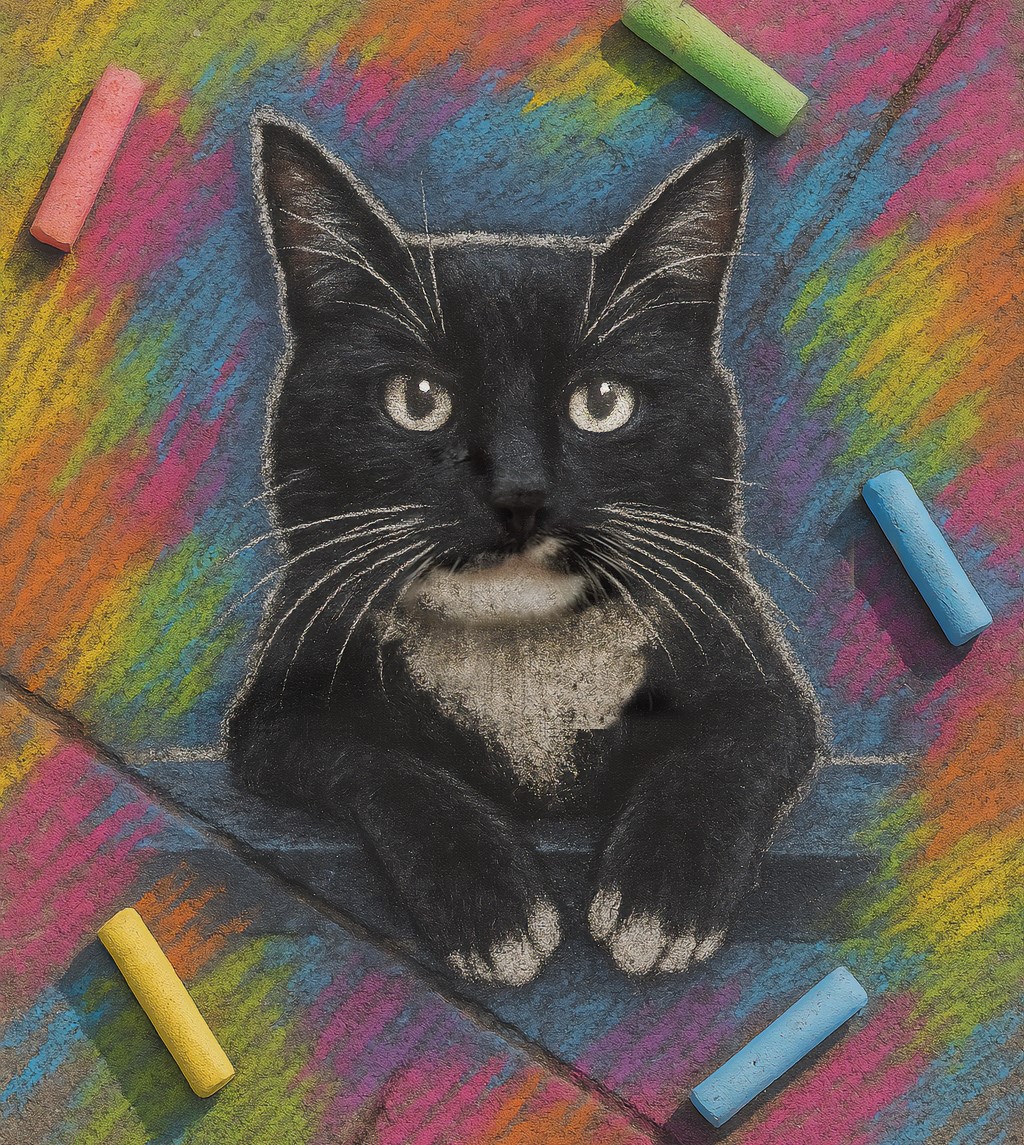Some information may be outdated.
William Grandstaff once ran cattle in the canyon near Moab that now bears his name and, as an early settler and Black frontiersman, his story has long invited interest and cemented his place in local lore. However, Grandstaff only lived in the Moab area for a couple of years before leaving around 1881 and settling in Colorado.
After leaving Moab, William Grandstaff moved to Glenwood Springs, Colorado, where he married a woman named Rebecca (while their marriage certificate has not been located, she is listed as co-owner on multiple pieces of property). Grandstaff operated the Grandstaff Landing Saloon, prospected for gold while holding several mining claims, and owned a hot spring. He lived in a small cabin on Red Mountain on the outskirts of town.
Land sales records and newspaper articles chronicle Grandstaff’s dealings around Glenwood Springs. Rebecca likely died around 1895, when she ceases to appear on U.S. Census records, after which Grandstaff appears to have lived alone. Though his Red Mountain cabin was remote, Grandstaff was quite involved civically—running for constable of Leadville, Colorado, in 1889.
Glenwood Springs residents reportedly referred to Grandstaff as “Old Portugee,” a nickname that historians speculate may have indicated a mixed racial background, corroborated by multiple Census records that record his race as “mulatto” or even, in one instance, as white.
Grandstaff’s obituary, published in the Glenwood Springs Avalanche Echo after his death on Aug. 22, 1901, supplies perhaps the most human snapshot available in historic records:
“The old man lived a solitary life on the top of the mountain where he had several mining claims which he has been working for the past six or seven years. He was accustomed to making regular trips to this town for the purpose of obtaining fresh provisions and visiting his friends, and when his absence became prolonged, they became alarmed.”
Friends and community members buried Grandstaff on the mountain near his home, reportedly under a tree fashioned into the shape of a cross, which was replaced numerous times. Today the Grandstaff Trail in Glenwood Springs takes mountain bikers and hikers near the area where Grandstaff once lived.
Both Glenwood Springs and Moab remember Grandstaff’s legacy: through the trails traversing places Grandstaff once called home and in community legend. An icehouse at Moab Springs Ranch was reportedly built by William Grandstaff—a tangible link to the man’s life.
How does Grandstaff’s story shape our understanding of Moab’s past? What, if anything, does Grandstaff’s story contribute to the expansive history of race in America? While some biographical information may help us determine details of Grandstaff’s life, how we interpret history is ever-evolving.
This is the fourth part of a four-part series highlighting genealogical research conducted about Moab settler and Black frontiersman William Grandstaff. The Moab Museum is dedicated to sharing stories of the natural and human history of the Moab area. To explore more of Moab’s stories and artifacts, find out about upcoming programs, and become a Member, visit www.moabmuseum.org.
Appreciate the coverage? Help keep local news alive.
Chip in to support the Moab Sun News.





